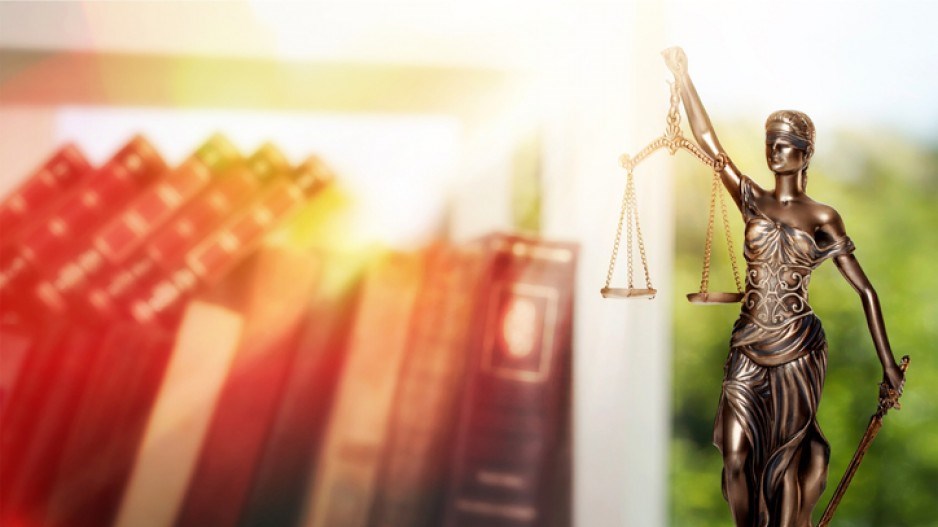The University of British Columbia (UBC) is suing Goppion SpA, a Milan, Italy-based museum display case maker, claiming the company supplied defective display cases to the Museum of Anthropology that began forming crystals of chemical compounds that were harmful to the museum’s artifacts.
The university filed a notice of civil claim in BC Supreme Court on May 25, naming as a defendant Goppion SpA, which does business as Laboratorio Museotecnico Goppion. According to the claim, UBC began searching out museum storage and display cases in December 2007, inking a deal with Goppion in March 2008 to “design, manufacture, supply and install visible storage cases … for the purpose of storage and display of artifacts in a sealed non-oxygenated environment.”
In 2009, UBC claims, it tested materials and compounds Goppion was going to use to make the cases and approved them before the company supplied 200 cases in May 2009. Months later, the lawsuit says, the museum “placed in excess of ten thousand artifacts from its fine arts collection” in the cases supplied by Goppion.
But nearly a decade later the museum found that crystals were forming inside the cases, which “were composed of a substance called tetramethyl-piperidinol … containing chlorine and sodium, both of which are damaging and harmful to the preservation of the MOA Artifacts being stored.”
The crystals, the claim says, formed due to the “presence of volatile organic compounds” in the cases caused by the use of an automotive adhesive known as Terostat, which didn’t show up in the initial tests by UBC years earlier.
The university claims other museums had the same problems with crystal defects in display cases made by Goppion, which allegedly produced a white paper report on the issue in October 2015.
“Goppion was aware of the deficiencies related to the TMP Crystal Formations, and did not at any time disclose the associated risks, nor provide a copy of the 2015 report, to UBC or the MOA,” the claim states.
UBC seeks unspecified general and damages for negligence, failure to warn and breach of contract, and damages for repair, replacement and remediation costs. The allegations have not been tested or proven in court, and Goppion SpA had not responded to the lawsuit by press time.




